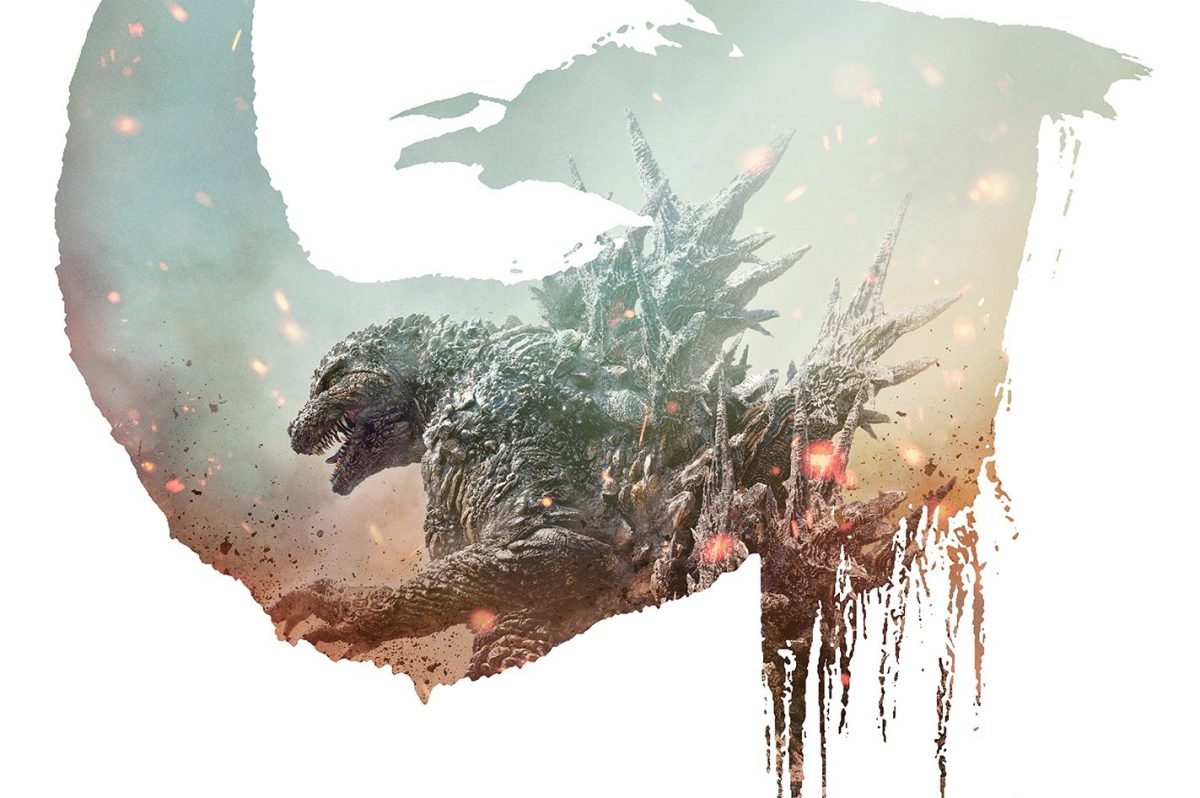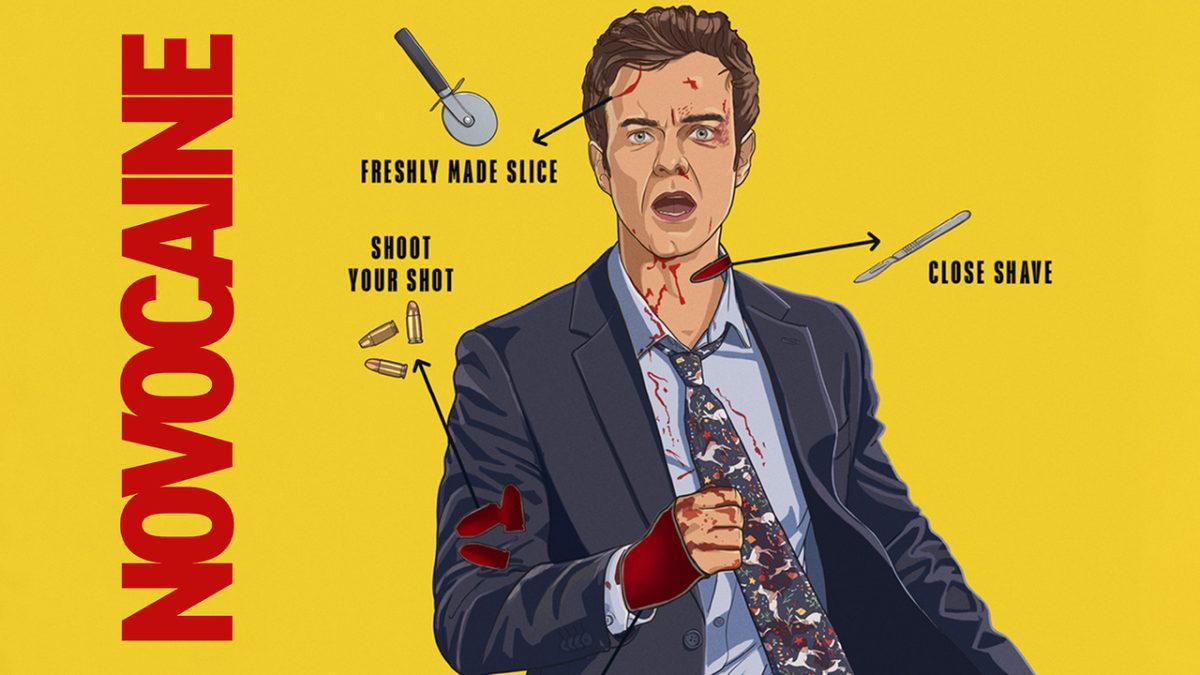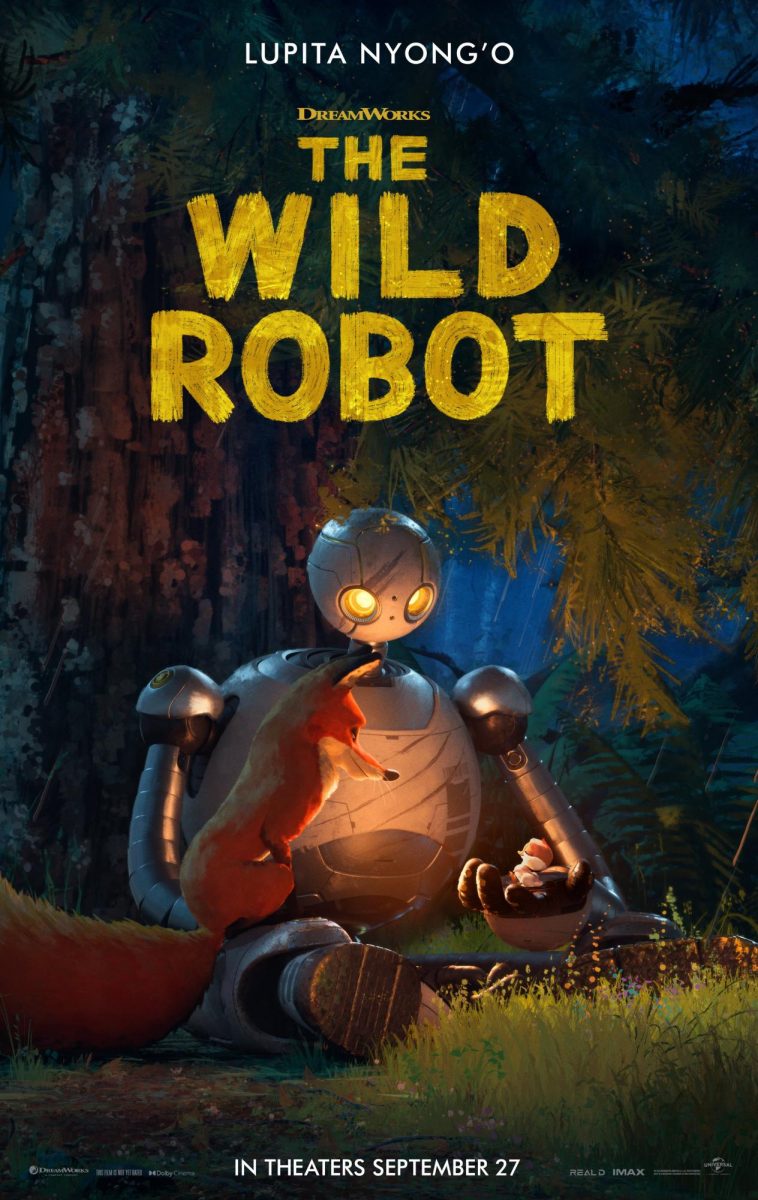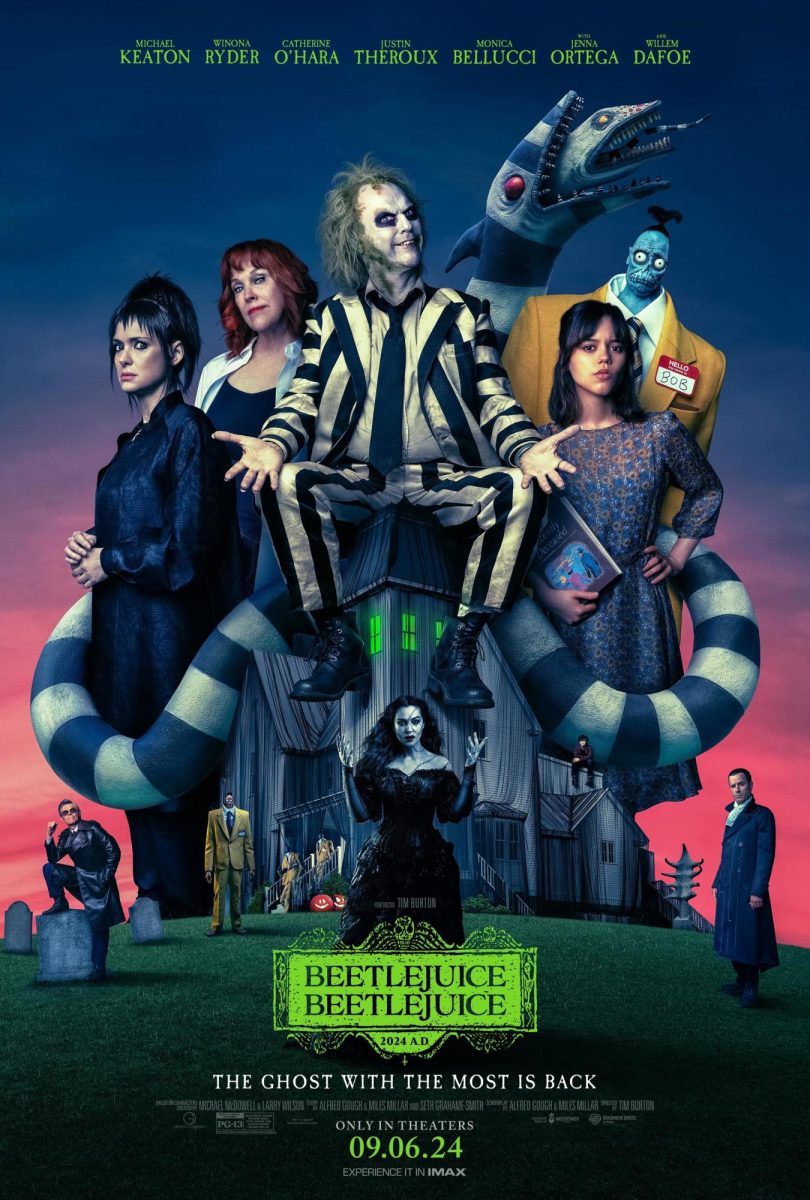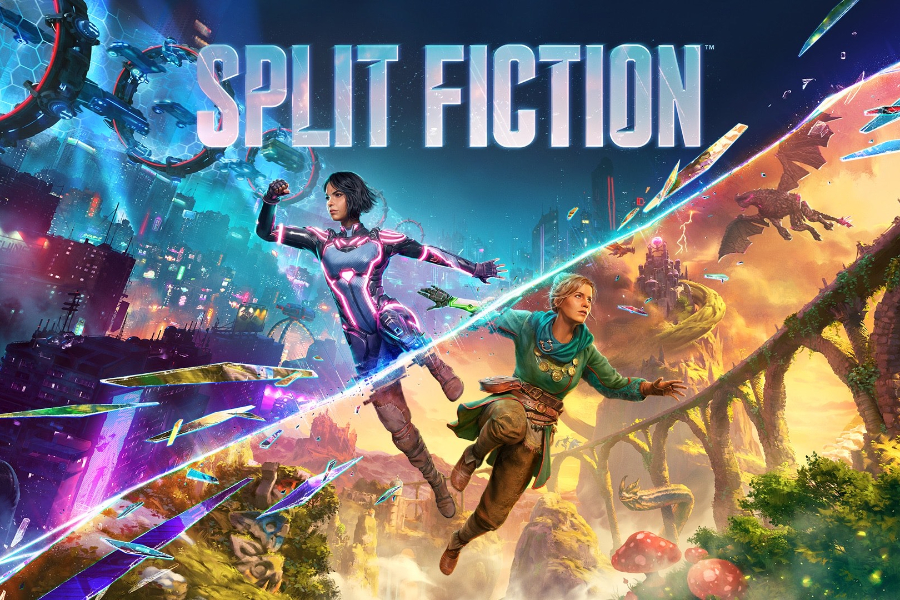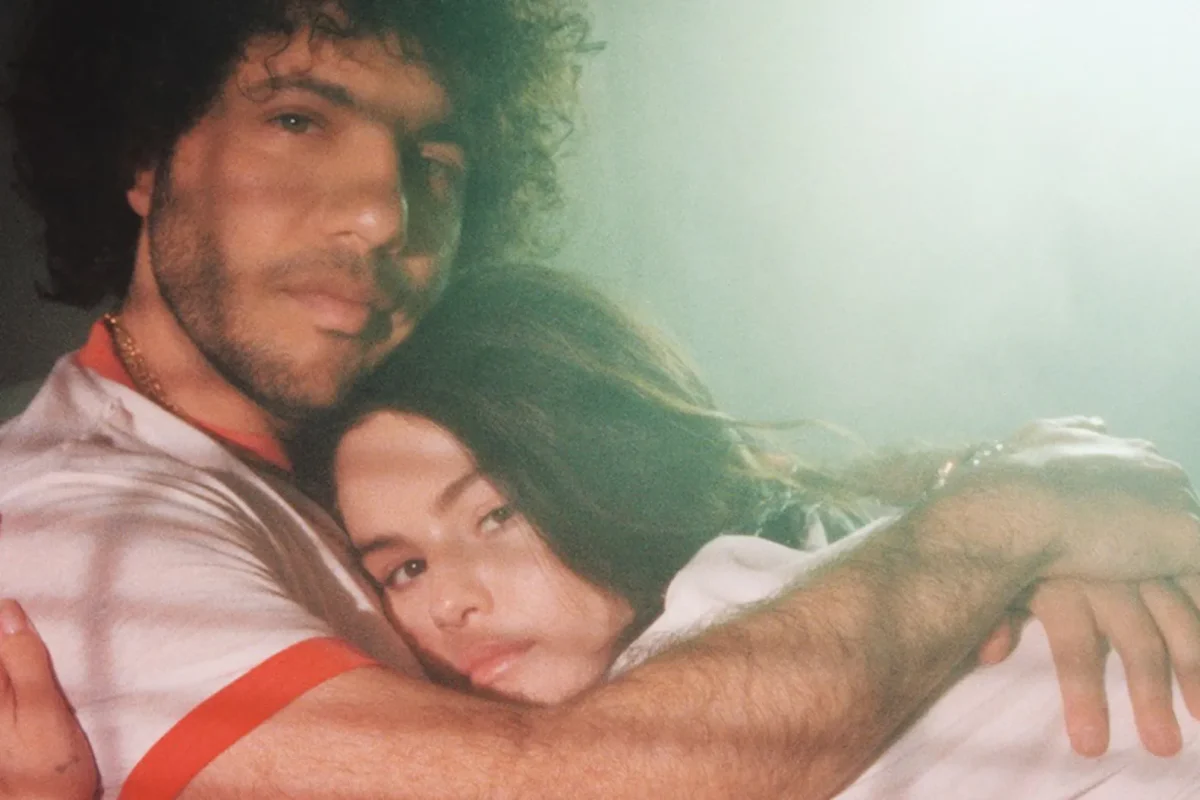With a possible Academy Award nomination and multiple Japanese film festival nominations under its belt already, Godzilla Minus One has made it known that it is not just another monster movie.
Takashi Yamazaki, the film’s writer, director, and visual effects supervisor, worked on the movie for years and took much of the inspiration for the movie from the original Godzilla films.
The movie begins in the final days of World War II with failed kamikaze pilot Kōichi Shikishima (Ryunosuke Kamiki) encountering Godzilla for the first time on a Japanese island outpost. Shikishima fails to save the mechanics on the island and is blamed for their deaths, leaving him with severe survivor’s guilt and PTSD.
When he returns to mainland Japan, he finds his home destroyed in the Bombing of Tokyo. Although he barely has enough to sustain himself, Shikishima takes in Noriko Ōishi (Minami Hanabe), a woman whose home was also destroyed, and Akiko (Sae Nagatani), an orphaned child. With the help of his new family, Shikishima begins to confront his demons. However, tragedies continue to follow him as Godzilla makes its reappearance and threatens everything he holds dear.
From the cinematography to the acting, Godzilla Minus One clearly set out to make a completely different film than the recent Warner Bros. Godzilla movies starring Millie Bobby Brown. While Godzilla: King of the Monsters is purely an action film with oversaturated colors and an abundance of CGI, Godzilla Minus One focuses on the meaningful themes of the original Godzilla movies including the impacts of nuclear warfare and the effects of WWII on soldiers.
From the opening of the movie, one of the most noticeable features is the undeniably beautiful color palette. In the film, the gentle yellows and greens of mainland Japan and the deep blue of the ocean take center stage and make each shot remarkably striking. All of the movie’s sets and decorations also transport the audience back to a recovering Japan, truly conveying the feeling of an older time. These muted and deep colors contrast perfectly with the neon blue and dark golds of Godzilla. Another respectable aspect of the cinematography is the minimal use of CGI. When CGI is used, it is almost always impressive with Godzilla’s scenes in water seeming especially realistic.
Additionally, many of the shots in the movie have compositions like a piece of art and highlight the emotions of the scene. The cinematography is only improved with the acting; each actor masterfully portrays the emotional turmoil of their character. Every single actor gives it their all, and even though some moments seem a bit over the top, the film is clearly not just a mindless action movie.
The score also frequently pays its respects to the original 1954 film’s music with Godzilla’s theme remaining almost exactly the same.
One of the greatest aspects of Godzilla Minus One is also one of the few disappointing parts of the movie, that aspect being the film’s primary focus on Shikishima and the struggles of soldiers after WWII rather than Godzilla itself. Throughout the story, Shikishima is plagued by nightmares and haunted by the fear that he was killed on the island and is being punished for running from his responsibility as a kamikaze pilot. This storyline is incredibly interesting and unique to the movie while still being realistic.
A major reason for the story being so compelling is Shikishima’s struggle with mental health which was tragically common among many WWII veterans. The fact that audience members are able to watch Shikishima slowly recover over a period of time only for all of his progress to be set back by the monster makes him impossible not to root for.
However, such a large emphasis on Shikishima’s life leaves little room for any backstory on the film’s title character, Godzilla. There are brief snippets of dialogue that provide the bare minimum development for the monster, but it is hard to form a connection with the antagonist. In addition, despite the impressive CGI and visual effects of the movie, one feature of the lizard monster that completely breaks the immersion is the way it walks on land. Instead of looking like a terrifying beast, while walking across Japan, Godzilla looks more like an oversized children’s toy while it is stomping through the city of Ginza.
The movie concludes with a thought provoking and heartfelt scene, but also includes an ominous sign of a possible sequel.
Overall, Godzilla Minus One displayed that the franchise does not just have to consist of over the top action and an abundance of CGI. The way the struggles of veterans are portrayed is heart wrenching and the storyline is engaging from beginning to end. With stellar performances and a nostalgic score, this movie has very few flaws, but the true star is the cinematography which proves how an old film series can still accomplish new and incredible feats.
I would recommend this movie to anyone interested in war dramas such as Unbroken or 1917, or action movies like Top Gun: Maverick or The Creator. Fans of the older Godzilla films will also appreciate this homage to the origins of the series.
8/10

